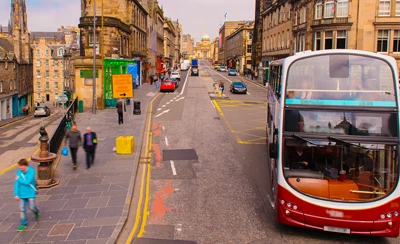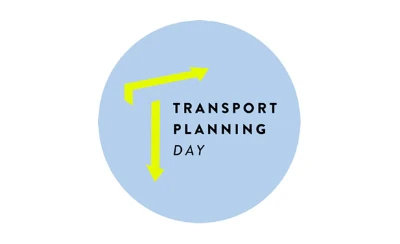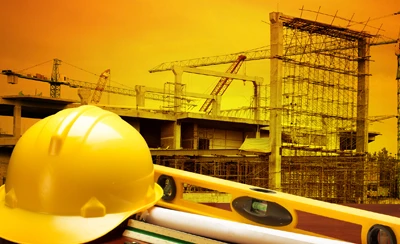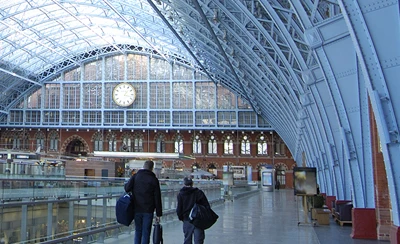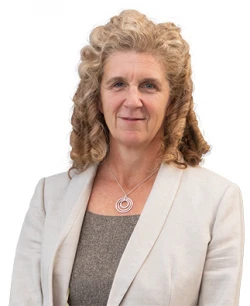 Leading up to Transport Planning Day this year, I had the pleasure of chairing a webinar about tackling transport related social exclusion (TRSE). We had brilliant contributions from three panellists including Dr Tom Cohen from University of Westminster, Caroline Stickland, CEO at Transport for All, and Dr Tom Jarvis from Transport for the North. I strongly recommend taking the time to listen to the webinar at this link and hear their wisdom on this topic.
Leading up to Transport Planning Day this year, I had the pleasure of chairing a webinar about tackling transport related social exclusion (TRSE). We had brilliant contributions from three panellists including Dr Tom Cohen from University of Westminster, Caroline Stickland, CEO at Transport for All, and Dr Tom Jarvis from Transport for the North. I strongly recommend taking the time to listen to the webinar at this link and hear their wisdom on this topic.
In the discussion that followed their presentations, I was delighted to take questions from some Councillors who had joined us and were asking what they could do to make a difference in tackling TRSE in their areas and provide fairer and cheaper travel for residents.
Our mission as the Transport Planning Society is to facilitate, develop and promote best practice and innovation in transport planning and provide a focus for dialogue between all those engaged in it, no matter their background.
In the spirit of sharing good practice, I have spoken to some of my own colleagues at Steer to further delve into three themes we discussed in the webinar. First, I asked Nicola Kane how she had tackled TRSE in designing Streets for All in Manchester.
“It's essential that we don't rely on solely on generic engagement materials for new schemes but tailor conversations and information to people's individual interests and values by finding out more about what they care about and showing how changes to their local environment align with issues which are important to them. That will mean involving people from the local area and from different community groups to help lead parts of the engagement activity and to be local advocates for the proposals.
We find that using real-life stories and images is often more compelling than generic data about the problems in a given area. This might include interviews with older and disabled people who struggle to walk to the local shops because of vehicles parked on footways, or examples of children being driven to school because of fears about them walking on streets with speeding traffic. Similarly, showcasing how people have benefitted from similar schemes elsewhere in the country or internationally can also help to bring to life what is possible and help people to visualise the benefits.”
In the webinar I asked the panellists whether current processes were fit for purpose in tackling TRSE and gave equality impact assessments as an example. The consensus on the panel was that EqIAs often came too late, and at a point when a great deal of the key decisions have been made. I therefore asked colleague James Dyson to explain the benefits of good practice EqIA development and tell me how he makes sure his work in EqIAs for authorities including the City of London Corporation, Westminster City Council and Oxfordshire County Council added real value to tackling TRSE.
“Over the past few years, I have developed EqIAs for strategic level projects such as new policy and strategy, and local level projects, such as Low Traffic Neighbourhoods and new cycle routes. If there’s one bit of advice I could share with all authorities, it would be to ensure that your EqIA is embedded as a core element of scheme design, with resource and funding appropriately allocated to do the job robustly. Cutting corners almost always results in more costly issues appearing further down the line, and risks delivering a scheme that inadvertently does more harm than good.
The primary purpose of an EqIA is to assist in delivering better schemes for all users. By considering the potential equality impacts prior to public consultation or implementation, you are presented with the chance to improve schemes, making them more accessible and equitable, ironing out any potential issues prior to implementation. The EqIA can also ensure that decision makers are properly advised of the potential positive and negative effects of proposals before they take decisions that impact people’s lives. We all know that involving stakeholders in the decision-making process is key to good scheme design, and EqIAs provide a unique framework to engage with people early in the design process to capture their concerns as well as their ideas.”
Finally, we considered in the webinar what we could learn from overseas. I was heartened by Tom Jarvis saying that we did not necessarily need to look overseas and that there were also good examples to learn from in the UK. Tom Cohen pointed to the fabulous Metrocables cable car in Medellin in Mexico. I asked my colleague Julie Bowerman, part of our Equity & Inclusion (E&I) global team, what we could learn from overseas.
“Through our work internationally, we have found both commonalities and differences in transportation equity around the world. It’s been refreshing and helpful to understand how different approaches compare with our experience in the UK.
- In the US, there is a strong focus on racial equity, as well as the links between transportation and wider social issues. We are currently working to ensure that equity is a core part of the evaluation of options for a major new rail project in the San Francisco Bay Area by quantifying the distribution of project benefits and burdens to identified ‘priority populations’; we are also considering the risks that the project could displace existing communities.
- In Latin America, closing gender gaps is a key consideration. We have developed studies to understand differences on travel patterns by gender in Mexico City and developed research to incorporate gender on transport models.
Despite differences in context, a common theme across countries is the lack of disaggregated data which is vital to understand how the transportation needs and challenges of different groups vary, and the importance of meaningful engagement that hears directly from underheard sections of the community.”
I left the webinar knowing that if we could keep raising awareness of TRSE, there was something more that everybody could do to reduce it as we move to a decarbonised future. Please get involved as we talk more about TRSE in the lead up to Transport Planning Day on 13th November – register to join on our website here.
Lisa Martin

